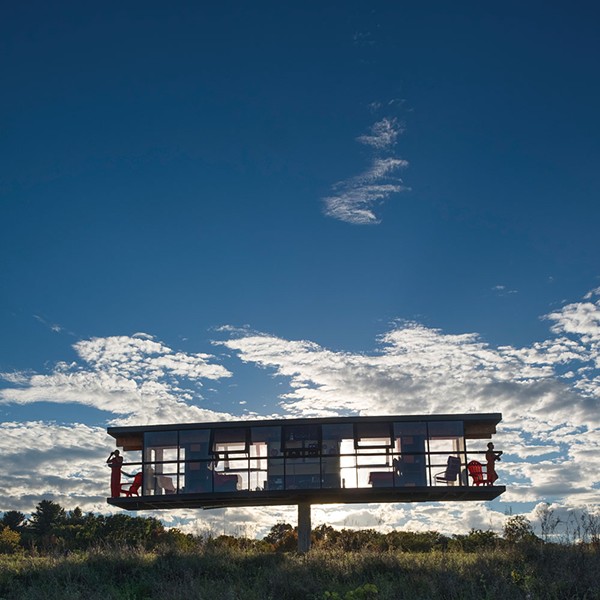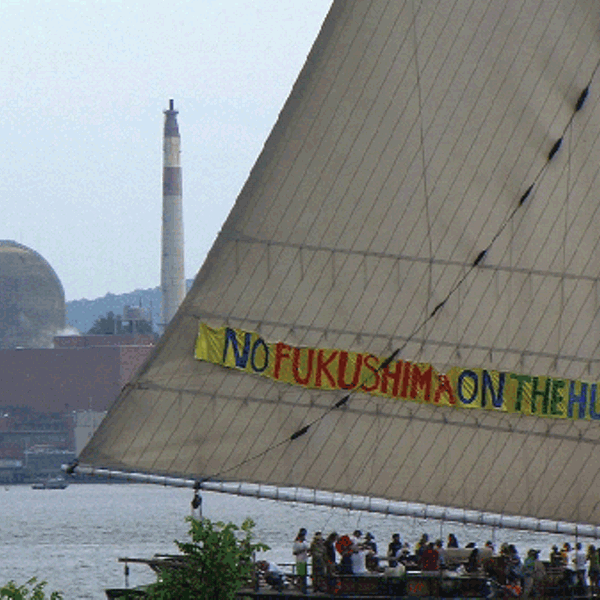There’s evidence, too, that the commission has tolerated serious lapses in security, even after 9/11. In March 2007, an anonymous whistleblower wrote a letter to the NRC claiming that guards at Exelon’s Peach Bottom plant in Pennsylvania were “coming into work exhausted after working excessive overtime” and thus “sleeping on duty at an alarming rate.” The NRC ignored the letter until a guard videotaped the naps in progress and WCBS in New York aired the tape. The Project on Government Oversight claims a skilled infiltrator would need just 45 seconds to penetrate the area where Peach Bottom stores its spent fuel.
Critics often point out that the NRC is funded by industry fees; despite his cautious support of nuclear power, Obama declared it “a moribund agency...captive of the industries that it regulates.” (NRC spokesman Scott Burnell insists that because those fees come to the NRC through the US Treasury, there’s no conflict of interest.)
Dave Lochbaum, UCS’s nuclear-safety expert, believes the problem at the NRC is a lack of money—and congressional attention: “There have been more hearings on lunches in the White House than on whether the NRC’s doing a good job.”
The French Connection
Just as there are arguments against public investment in nuclear power, there are arguments for it—and one huge living example. France shifted from oil-burning electric plants to nuclear during the oil crisis of the early ‘70s, and over the past 20 years it has invested $160 billion in nuclear programs, making the country the largest exporter of nuclear electricity in the European Union. Sixteen percent of the world’s nuclear power is generated in France. And where once the French were buying nuclear technology from the United States, now it’s reversed: Six of the twenty applications expected to be submitted to the NRC before 2010 are for the US Evolutionary Power Reactor (EPR) designed by the French conglomerate Areva.
Instead of just two coolant loops, like the traditional “Generation II” reactor, the EPR has four. If one leaks, another kicks in: No more Three Mile Islands. “The EPR has more defensive depth than reactors created for the US market,” acknowledges Edwin Lyman, a senior scientist at the UCS. His cautious approval of the EPR is significant: Two years ago, Dan Hirsch of the anti-nuclear group Committee to Bridge the Gap, argued, “All of the people supporting it now supported it before. It’s not news. But when the Union of Concerned Scientists comes out in favor of nuclear, now that will be news.”
The UCS remains ambivalent about nuclear power, and its position papers reflect deep worries about the technology. But as far as the UCS is capable of liking a reactor, it likes the EPR.
Lyman stresses that the EPR’s improved safety only means it designed the EPR to meet the safety standards of the European Union, which are better than America’s. “The NRC’s whole presumption is that the current reactors are safe enough,” Lyman explains. “The NRC is afraid that if it makes too much fuss about how the newer ones are safer, it will mean that the older ones aren’t safe enough.
“An opportunity is being squandered,” he adds. “If this renaissance is going to happen, you’re going to build a new fleet of reactors to last 60, 80, 100 years. Why not lock in a safer reactor design?”
The $50 Billion Question
In 1960, the price of a brand-new light-water reactor hovered around $68 million, just under what it cost to build a new coal plant at the time. Having recouped their start-up costs, these older reactors now produce electricity—a fifth of the country’s power, all in all—at prices that easily compete with coal. But a new plant will have a harder time breaking even: An Areva reactor may start at $3 or $4 billion, twice as much as a coal plant, but actual construction costs and interest will probably boost total plant cost to $9 billion.
Not one will get built without help from the government, says Craig Nesbit of Chicago-based Exelon. “These are the largest capital projects on a private scale you can build. We wouldn’t be building them without loan guarantees.” Nuclear lobbyists have been asking for $50 billion in such guarantees, which are given to other industries, including wind and solar: “There’s nothing exotic about it,” says Nesbit.” Companies also want “production tax credits” for the actual power they generate—a penny or two per kilowatt, also akin to wind energy. So far, Congress has pledged up to $6 billion worth of production tax credits for new nuclear plants. But in 2007, it capped loan guarantees for plant construction at $18.5 billion—scarcely enough to fund a couple of reactors.
















